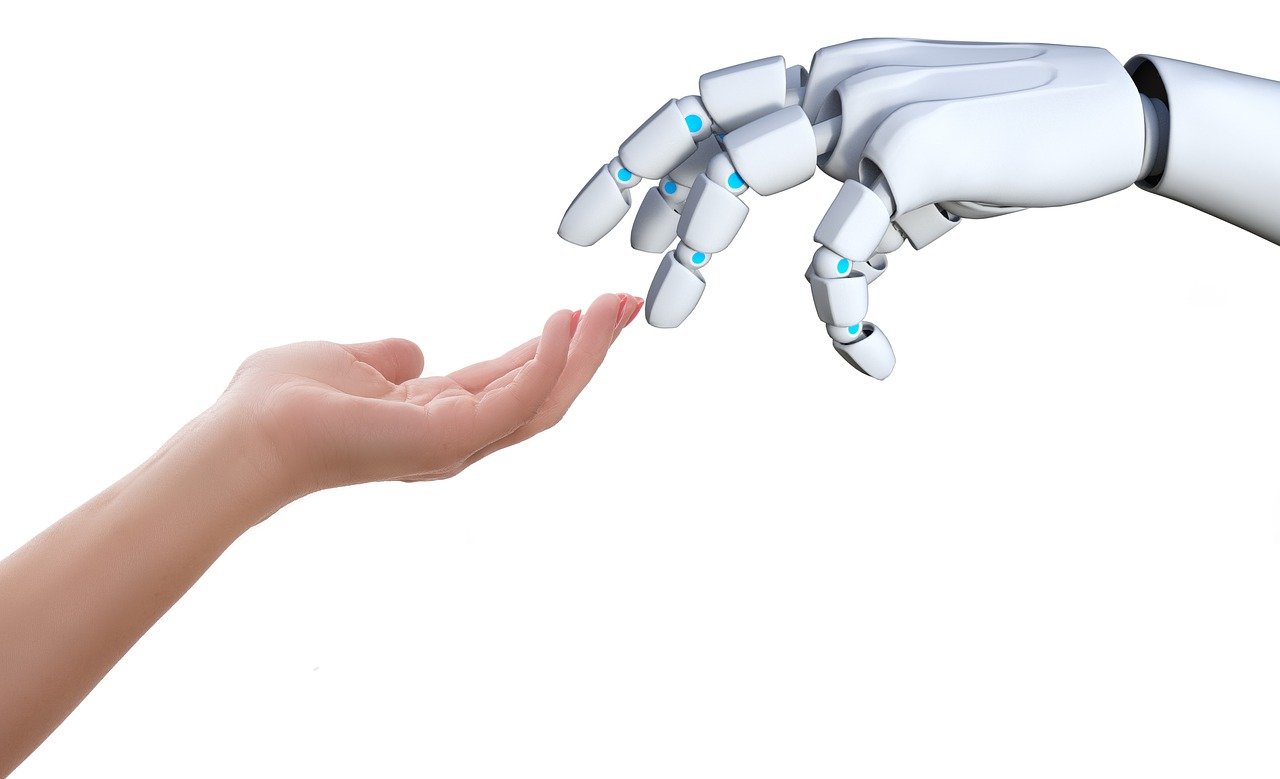The scientific method is based on the fact that a hypothesis can always be disproved, i.e. falsified.
In political science, there are 4 main methods of analysis:
Methods Scope of analysis Number of cases Number of variables Applicability
One Many Limited Monitoring Subsystem
participant
A few small experimental groups are very limited
The individual statistical actors are very numerous on a large scale
Comparative systems / systems Few many eclectic
How do you choose the analysis strategy to adopt?
Often the number of variables and the number of cases indicate the most appropriate strategy and techniques
for that particular study.
The following shall be observed:
The number of possible related independent variables and the number of instances (observations) of them
You have
For each independent variable you want to add, you must also add 20
More cases/observations (the rule used in statistics).
These methods are not always possible, and therefore the maximum amount of knowledge can be obtained
What notes do we have?
(Limited)
Search Strategies Based on Number of Variables and Number of Cases:
1. If we analyze two or more cases based on only one characteristic, we will have a classification
2. If we analyze two or more cases based on two characteristics, we will be able to construct a classification
3. If we analyze a case based on one or more independent variables, we have a case study
4. From three cases to three variables onwards, we must prepare ourselves for an accurate comparison
to. If the number of independent variables remains less than the number of case studies, we will be able to
Use the qualitative comparison method
B. The greater the number of variables and states, the greater the need for the quantitative statistical method
Comparison method “The comparison serves to verify—verify or falsify—if a
The generalization applies to the cases to which it applies” (Sartori, 1991).
Compared to an experiment, the comparative method is limited to observing a certain number of cases without being able to
Manipulating independent variables. It is the most widely used method in political science, both in the qualitative version
From the statistical version. It is used to test the influence of an independent variable on it
Continue, but in more cases the hypothesis can be called true.
Variables:
Similar / dissimilar cases
Synchronous/Asynchronous comparison
Example: Civic Culture (Almond, Verba 1963)
Theory: The type of democracy depends on the prevailing political culture in a country
Dependent variable: types of democracy
Independent variables: the effective and cognitive attitudes of citizens towards the political system
Cases: USA, Great Britain, Germany, Mexico, Italy (different cases for the independent variable, to be able to compare.
different even in the dependent person, but that’s not what the study was interested in)
It resulted from three possible configurations of political culture:
Subjects: They realize the weight of the political system in their lives
Provinces: They know very little or nothing about their political system
Participants: They know enough about what the political system is and what role they can play in it
Depending on the type of majority of the citizen in that country, explain the type of current democracy
Case Study
It involves the analysis of a single situation, phenomenon or political system and can develop:
Without a theoretical framework (so we haven’t had a study before)
Taking inspiration from a pre-existing theory with the aim of verifying it (verifying it or
rig it) by studying a particular case
Experimental method
The researcher has complete control over the independent variables that he manipulates as if he were in a laboratory.
In the social sciences it is typical of psychology and behavioral economics. In political science it is very difficult
Apply it, which is why it is rarely used.
Example: You want to see how citizen misinformation affects certain topics
in politics. I ask the questions, then I give one group the correct data and the other group none,
Leave them with their knowledge, then ask the question again and look at how people do
He answered the question.
Subscriber monitoring
It is difficult to exploit them because it is rare for the world to actually find itself in the right conditions and capabilities.
More difficult in political science.
when? For a series of favorable conditions, it is beneficial? By participating, from him
The researcher at the observation site of the distinguished observation point, and the researcher in it
A personal and direct political phenomenon capable of obtaining a mass of scarce materials.
that interest him.
What? The subject of the study will never be out of defects? Extremely high risk of involvement, and
The entire political system, but the most discrete phenomenon is absolutely essential to study
restricted. objective.
Example: A Study on the Social Democratic Party of Michels (1911) from which he derived his famous Iron Law of Oligarchy and according to which
“On a democratic basis the oligarchic structure of the building rises and hides.”
From methods to techniques
Research techniques are a specific type of device used to implement the methodology.
The first distinction to be made:
Primary data analysis (the researcher collects new data himself)
Secondary data analysis (the researcher draws on other people’s data)
These tools (technologies) can be grouped into three categories related to three types of analysis:
Context analysis (observing participants)
Message analysis (analysis of documents, texts, letters, speeches, trials, etc.)
Analysis of responses (interviews, surveys)
All of this is also related to the type of strategy, intensive or comprehensive, that one intends to pursue
Lesson 4 – 09.03.23 Political Participation
What is political participation?
It is the set of actions and behaviors that aim to influence directly or more in one way or another
Less legal, decisions, as well as the choice of decision makers in the political system or in the individual
political organizations.
Political participation is not just voting, it is all actions that take place outside the sphere of the individual
Special, which aims to influence choices. When you work at parties, when you participate in them
Demonstrations, when companies boycott, etc.
(even if you are not from any movement)
It is a sharing for a collective purpose and not for an individual purpose.
Ex: Competitors for suffrage, labor unions, Fridays for the Future…
Participation is an ancient and modern phenomenon at the same time: it has always existed and is a product of A
The path that led to new ways of self-expression.
Already in ancient Greece, political participation was very important in life and organization
from police. From Greece to today, we have gone through different styles and forms of participation, in some periods
This political participation was denied, as in absolutism. Real political participation e
Own with the birth of nation-states, it is only legitimized with the onset
democratization process.
Over time, political systems have gradually absorbed new forms of political participation. For example: trade unions
Thus, political participation is visible
in factories, the right to strike; Both are not recognized at first. the
And invisible at the same time.
It can be said that at the origin there is always an internal struggle between those in power. Always in range
To assert the nation-state, the third class, which desires to share power, gives life to struggles and (in this case)
Revolution to get it.
How to participate:
Orthodox: Recognized by existing rules and procedures, and legal in all respects
Vote
Election campaigns and participation in them
Be part of a student union
Heterodox: Not recognized, but accepted and accepted, not illegal
Statement
Join the boycott
illegal/violent: unrecognized and defying the foundations of the system itself, with varying degrees of additions-
Legal or illegal
Shops
Burning cars
Offensive marches
Note: Some of these aspects have changed ratings over time, due to their association with
Developing political participation to that of democratization in the country.
Political scientist Stein Rokan (1970) identified four institutional thresholds, which he transcends
Participation: the threshold for accessing power
The threshold of legitimacy, the threshold of establishment, the threshold of executive representation
A historic moment when the government becomes
expansion of the reduction
Those responsible are recognized
Electoral polling barriers to
The main civil rights: to and for Parliament
(Gradually, the recognition expands
Majority
Concatenate the enumeration and accept the parties as such
illiteracy) (negative law) and for
Expression insert them into it
Recognition
Criticism and parliamentary opposition
political rights
For order = democratization
Participation and social mobility
Engagement grows when social mobilization also grows, the turning point is Riv. industrial.
If the independent variable is participation and the dependent variable is democracy, then social mobility
affect participation. Deutsch (1961) identifies some phenomena that increase the likelihood of
Involved
urbanization
Transformation of sectors from primary to secondary and university
The population is increasing in numerical terms
Literacy is increasing
Moreover, the mass media and their widespread use increases the desire to participate and
Organization skills
Electoral participation
Electoral participation is only one form of political participation, but it is so for several reasons
considered the most important.
Types of voting in Italy:
(Classification according to Parisi and Pasquino 1977)
From 1948 to the beginning of the 90s (I Repubblica), there were mainly DC and PCI only, with more or less other parties
the smaller ones lined up more to the left/middle/right; and the third party, opposed to PCI, MovimentoSocialeItaliano, which
Create a highly fragmented scenario.
Italian voters were considered “belongers” (red and white areas).
Parisi and Pasquino decided to tackle other types of sounds:
1. Vote by opinion
The voter believes that he is able to choose from time to time among the proposals that are presented to him
Party requirements and nominations.
It usually assumes a high degree of interest and integration into the political system, which is intrinsic
Confidence in electoral procedures and a reasonable degree of control over the terms that define the scope
option. It is not conditioned by any kind of ideological affiliation, but is shaped from time to time. no
Randomly, this type of vote was born at a time when there was a proportional system (Republic I).
2. Voting on membership
The voter feels part of a socio-cultural area*, which automatically translates to
Stability of electoral behavior over time
It assumes solid determination, a bit of exposure to the political situation and continuity
Over time * the CCP voter in the 1970s wasn’t necessarily a factor
3. Vote exchange
It envisages establishing a client-client relationship that will last over time with constituent groups,
By promising benefits and resources. Not in the sense of corruption!
It is characterized by a high degree of specificity (also territorial) and the absence of continuity
time. In terms of the number of voters, there was a vote in Italy during the First Republic

“Infuriatingly humble social media buff. Twitter advocate. Writer. Internet nerd.”


